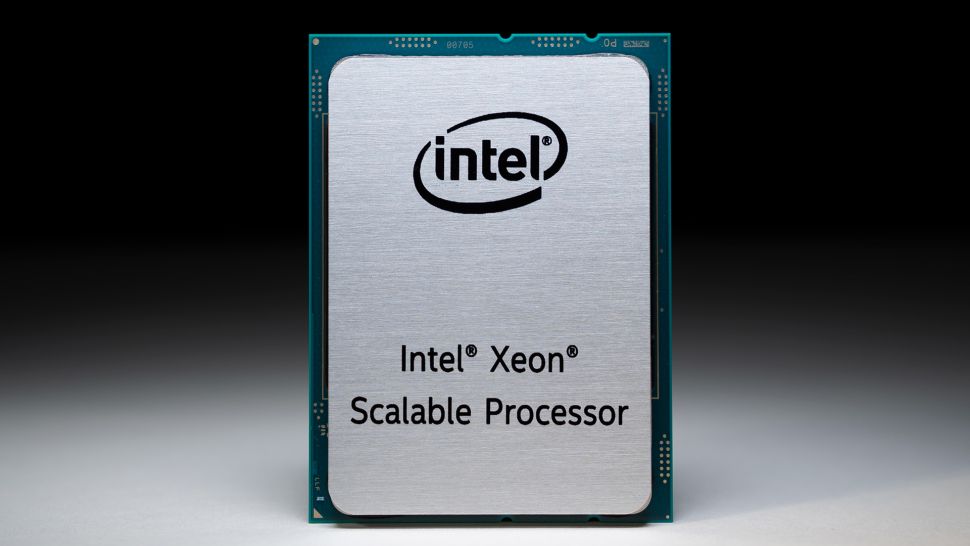It felt like an open secret.
When Intel announced its public CPU and CPU microarchitecture roadmap last August, it did not formally confirm that its upcoming Sapphire Rapids processor will use its upcoming Golden Cove microarchitecture. For some reason, Intel was publicly quiet about this fact for months and only this week announced it publicly.
“Sapphire Rapids uses Golden Cove, not Willow Cove,” said Andi Kleen, a Linux engineer at Intel.
Design of CPU cores (which depends on microarchitecture) is closely tied to fabrication process (and vice versa) as it defines transistor performance, power delivery and power consumption. Porting a processor core from one node to another is possible, but it is generally not a good idea as it its performance and power characteristics change significantly. For example, since Intel’s Ice Lake/Willow Cove cores were originally developed for the company’s second generation 10 nm manufacturing technology, Intel has never ported its Ice Lake-SP CPU to a more advanced 10 nm SuperFin process.
Intel has always planned to use its 10 nm Enhanced SuperFin node for its codenamed Alder Lake processor based on the Golden Cove microarchitecture for client PCs as well as its codenamed Sapphire Rapids CPU for servers and data centers. To that end, the confirmation that Intel’s high-performance 2021 CPUs are based on Golden Cove is not a surprise at all.
The latest unofficial details about Intel’s fourth Generation Xeon Scalable “Sapphire Rapids” indicate that the CPUs could have 72 to 80 cores, a significant increase when compared to today’s third Generation Xeon Scalable ‘Ice Lake-SP’ processors that have up to 40 cores. Also, the new CPUs will support PCIe 5.0 interface with CXL 1.1 on top as well as DDR5 and HBM2E memory.
